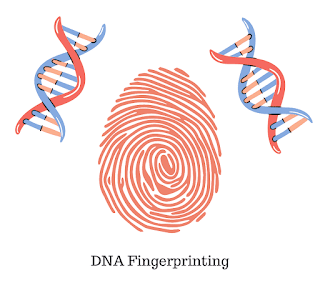Scattering of Light- Rayleigh Law of Scattering, Types and Examples
Scattering of Light
Types of Scattering of Light
1. Elastic or Rayleigh Scattering
This is a type of scattering in which the size of the particles say 'a' is very less than the wavelength of light i.e a<<λ. So, there will be no change in the frequency and wavelength of scattered light.
2. Inelastic Scattering
This is a type of scattering in which the size of the particles say 'a' is larger than the wavelength of the light i.e a>>λ. So, there will be a change in the frequency and wavelength of scattered light.
Rayleigh's law of Scattering
Rayleigh's law of Scattering states that the intensity of light of wavelength λ present in the scattered light is inversely proportional to the fourth power of λ.
P=1/λ^4
Examples of Scattering of Light
1. The Blue Color of the Sky
When sun rays enter the atmosphere, it is scattered in all the directions by atmospheric particles like gases, dust, etc. We know that sun rays contain seven colors. So, according to the Rayleigh law of scattering, the red color component of sunlight is least scattered due to its highest wavelength and the blue color component is maximum scattered due to its lowest wavelength. Hence, we see the sky blue.
2. Reddishness of Sun During Sunset and Sunrise

It is an interesting phenomenon that the sun appears reddish during sunset and sunrise. This is so because when the sun is near the horizon, the light has to travel to more thickness of the atmosphere. Thus the blue color gets more scattered away due to its less wavelength and the red color reaches in our eyes without getting scattered.
3. White Color of the Clouds
The clouds are made up of water droplets that are larger in size than the wavelength of light i.e a>>λ. So, here Rayleigh law is not obeyed. Hence, Inelastic scattering of light happens i.e all colors equally scattered.
4. Red Color of Danger Signals
We know that the red color has the highest wavelength. So, it is least scattered in the atmosphere. So thats why most of the danger signals are painted with red color like traffic light, warning on electrical appliances, warning at construction site, etc. Hence, in a foggy condition, we can easily see the danger signals.



